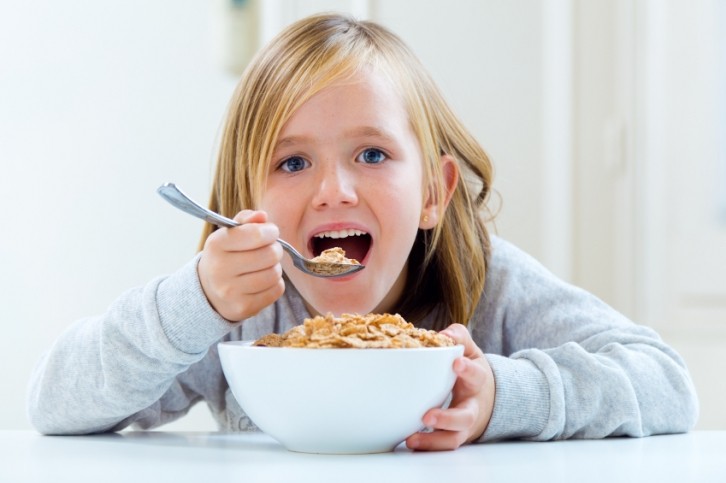Kids start the day with big sugar-kick; breakfast cereals highlighted

The survey, conducted by Public Health England (PHE), found that children have 11g of sugar (almost three cubes’ worth) before leaving for school – more than half the recommended intake for the entire day.
PHE pointed the finger at sugary cereals, drinks and spreads. “When analysing a number of breakfasts from families across England, we were concerned to see the high amount of free sugars and low amount of fibre in many of these,” said Sara Stanner, science director at the British Nutrition Foundation (BNF).
A poll of 200 parents also showed that 81% felt manufacturers needed to do more to reduce sugar in their products. However, parents also appear confused: 84% of those whose children were consuming 11g or more sugar at breakfast time considered the meals to be healthy.
PHE, as part of its Change4Life campaign, has therefore developed the Food Smart app to highlight the sugar, saturated fat and salt content in everyday food and drink. The technology will allow consumers to scan barcodes and compare over 100,000 products using the country’s ‘traffic light’ nutritional guidelines.
The app is part of a reported £6.3m (€7.43m) campaign that will use the app, outdoor adverts, social media and events to encourage healthy eating at breakfast time.
Recent reports show more than one in five children start primary school overweight or obese, rising to more than a third by the time they leave. The recommended daily maximum is no more than five cubes of sugar for 4-6 year-olds and no more than six cubes for 7-10 year-olds per day. By the end of the day children have consumed more than three times these recommendations, PHE estimated.
Industry response
Manufacturers are unlikely to be happy with the generalisations or format in which the information is presented on the campaign’s website. “A box of your favourite sugary cereal contains 56 cubes of sugar, 10 sachets of salt plus 7g of sat fat!” is one example.
The Food and Drink Federation, which represents the country’s manufacturers, argued that there ”has never been a bigger range of breakfast options on sale in the UK, with many providing the essential nutrients that the body needs, such as fibre, vitamins and iron. Sugars also occur naturally in some foods and drinks, for instance the fructose in fruit juice or dried fruits added to cereals.”
Find out what's really in your family's food and drink with our NEW #BeFoodSmart app: https://t.co/Uy2BO5wDTOpic.twitter.com/hJO3h0ciHT
— Change4Life (@Change4Life) January 3, 2017
A spokesperson said the FDF supports PHE’s new sugars reduction drive, which includes a target to cut sugar content by a fifth in nine categories (including breakfast cereals). The target is part of the UK government’s Childhood Obesity Plan, which has been heavily criticised since its launch in August 2016.
The plan includes a tax on sugary drinks, which is expected to come into force in April 2018. A sugar tax on foods is unlikely to follow anytime soon, but research published in June 2016 showed that a 20% levy would result in demand for sugary cereals falling 48%.
An analysis published by Action on Sugar in January 2015 showed that sugar content in ready-to-eat breakfast cereals had actually increased in recent years.



























